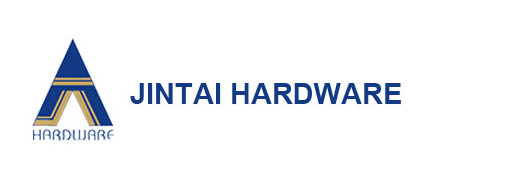1) metal materials such as bearing alloy, bronze, aluminum alloy, zinc-based alloy, etc
Bearing alloy, bearing alloy, also called white alloy, tin, lead, antimony and other metal alloy, due to its wear resistant, high plasticity, good running performance, good thermal conductivity, oil resistance good adsorption is good, suitable for overloading, high-speed box, bearing alloy strength is small, the price is more expensive, must be in bronze, steel or cast iron mat casting, the formation of thin coating.
2) porous metal materials (powder metallurgy materials)
Porous metal material: porous metal is a powder material, it has a porous structure, if immersed in lubricating oil, so that filled with lubricating oil pores into a self-lubricating oil bearing performance.The toughness of porous metal material is very small, only suitable for smooth, no impact load and small speed.
3) non-metallic materials
Bearing plastic: commonly used bearing plastic phenolic plastic, nylon, polytetrafluoroethylene, plastic bearing has greater compressive strength and wear resistance, can be used for oil and water lubrication, and has self-lubrication performance, but poor thermal conductivity.
In the work of sliding bearing, the contact between the journal and the bearing will generate friction, resulting in surface heating, wear and even "death". Therefore, the design of bearing should be used to improve the good friction of sliding bearing materials, proper lubricant and proper supply method to improve the bearing structure and obtain thick film lubrication.
1, ceramic tile surface corrosion: spectral analysis found that the concentration of non-ferrous metal elements is abnormal;The spectrum appears in many nonferrous metal components of submicron wear particles.The lubricant moisture exceeds the standard and the acid value exceeds the standard.
2. Axial journal surface corrosion: spectral analysis showed that iron concentration was abnormal, and there were many iron submicron particles in the iron spectrum, and the lubricating oil water content or acid value exceeded the standard.
3, journal surface tension: iron in iron cutting particles or black oxide particles, the metal surface temper color.
4, tile wear and tear: spectral analysis found that the iron concentration is abnormal, many iron components in the iron spectrum submicron wear particles, oil moisture and acid value is abnormal.
5, bearing surface strain: iron is found in cutting abrasive, abrasive composition of non-ferrous metals.
6, tile surface stripping: iron found many large-scale fatigue peeling alloy wear particles, layer abrasive.
Bearing combustion ceramic tile: alloy abrasive with high iron quality and black metal oxide.
8, bearing wear: due to the metal performance of the shaft (high hardness, poor concession) and other reasons, easy to cause adhesion wear, wear, fatigue wear, fretting wear, etc.
Paint anti-rust: the characteristic of paint rust is to seal the motor, the motor starts to sound good, but in a period of time warehouse, the motor becomes very abnormal sound, remove the bearing serious rust.Many manufacturers will be regarded as front bearing problems, the main problem is at a certain temperature varnish insulation, metal corrosion and protection of metal, forming corrosive substances, channel sliding bearing corrosion damage.

